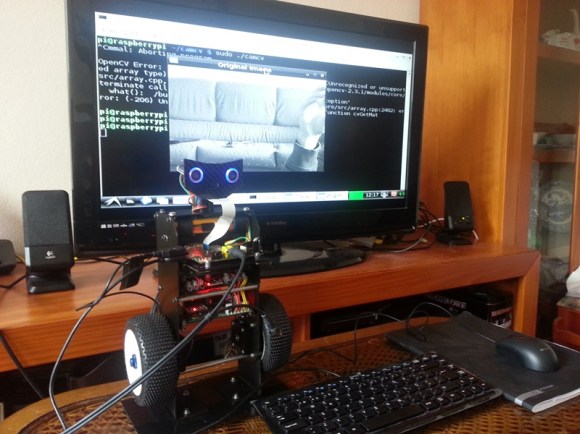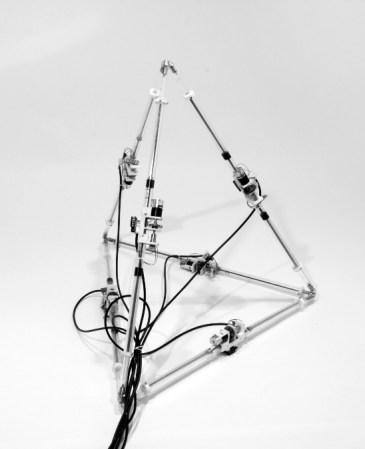
Using LEGO robots and other ‘intro to robotics’ platforms is a great introduction to kinematics and programming, but if you’re teaching a classroom of people who don’t know what a 1/4-20 screw is, perhaps it’s not the right introduction to engineering. That’s the thinking behind NarwhalEdu’s upcoming, Kickstarted online course: give kids a bunch of servos, bolts, and a microcontroller, and they’ll be able to build anything, and not just what the instructions for a Mindstorm’s robot says.
Robots, Drawing, and Engineering is an online course built around a simple SCARA arm robot. It’s made out of laser cut hardboard and powered by three servos and an Arduino Nano with an extension shield. After building this robot in the first hour of the online class, students then learn a little programming and get their robot drawing everything from narwhals to nyan cats and faces.
In the second part of the course, students then tear apart their robot kit and start making other, cooler interesting devices. There’s a contest for the coolest project that will hopefully go a long way to show how creative engineering can be.
Two videos below of the NarwhalEdu SCARA arm in action.
















